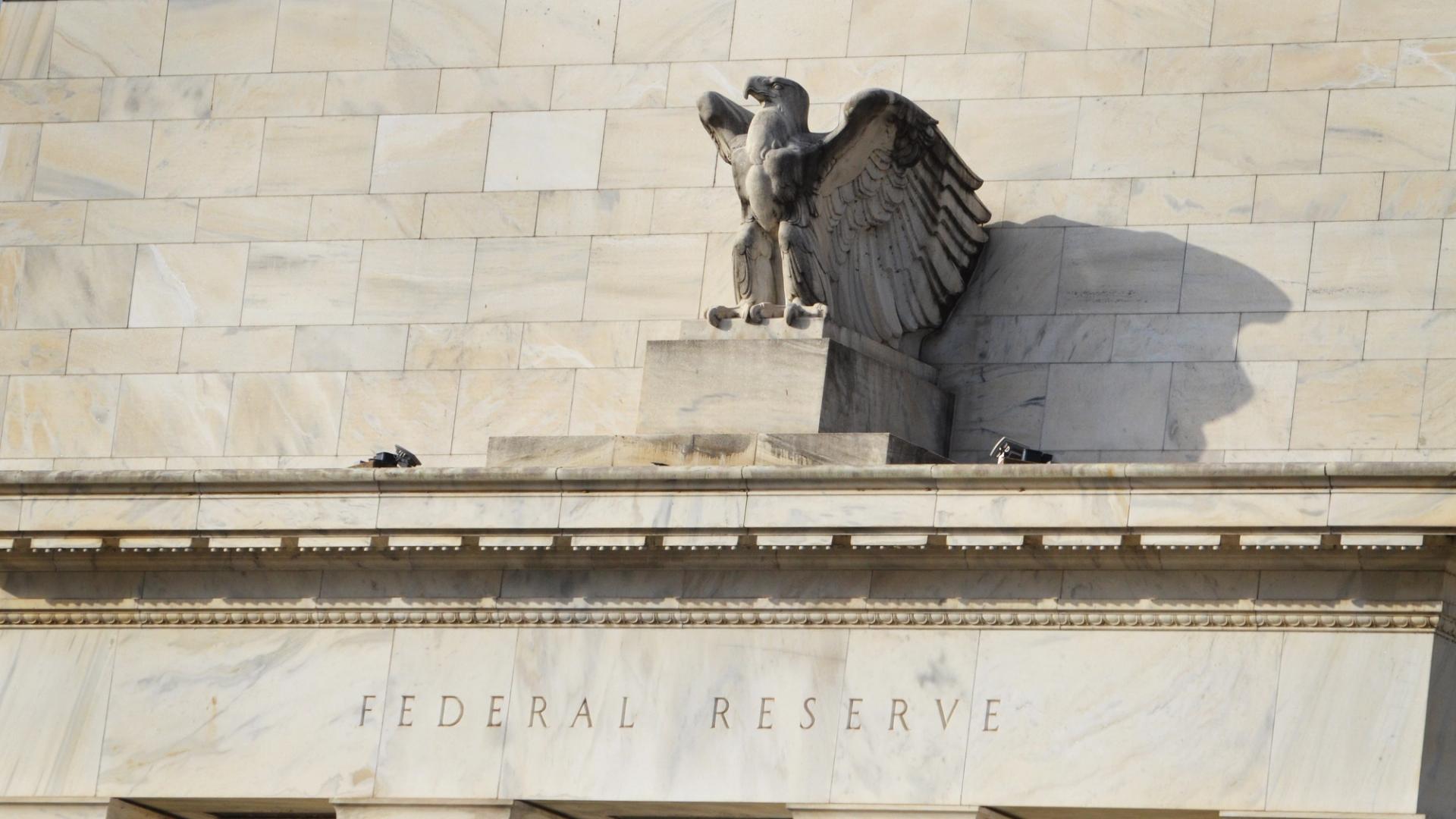
On Sept. 17, the U.S. Federal Reserve (Fed) is broadly anticipated to chop rates of interest by 25 foundation factors, decreasing the benchmark vary to 4.00%-4.25%. This transfer will probably be adopted by extra easing within the coming months, taking the charges all the way down to round 3% throughout the subsequent 12 months. The fed funds futures market is discounting a drop within the fed funds fee to lower than 3% by the tip of 2026.
Bitcoin bulls are optimistic that the anticipated easing will push Treasury yields sharply decrease, thereby encouraging elevated risk-taking throughout each the economic system and monetary markets. Nonetheless, the dynamics are extra advanced and will result in outcomes that differ considerably from what’s anticipated.
Whereas the anticipated Fed fee cuts may weigh on the two-year Treasury yield, these on the lengthy finish of the curve could stay elevated on account of fiscal considerations and sticky inflation.
Debt provide
The U.S. authorities is predicted to extend the issuance of Treasury payments (short-term devices) and ultimately longer-duration Treasury notes to finance the Trump administration’s not too long ago authorised bundle of prolonged tax cuts and elevated protection spending. In accordance with the Congressional Finances Workplace, these insurance policies are probably so as to add over $2.4 trillion to major deficits over ten years, whereas Growing debt by practically $3 trillion, or roughly $5 trillion if made everlasting.
The elevated provide of debt will probably weigh on bond costs and carry yields. (bond costs and yields transfer in the wrong way).
“The U.S. Treasury’s eventual transfer to concern extra notes and bonds will strain longer-term yields greater,” analysts at T. Rowe Worth, a international funding administration agency, mentioned in a current report.
Fiscal considerations have already permeated the longer-duration Treasury notes, the place buyers are demanding greater yields to lend cash to the federal government for 10 years or extra, often known as the time period premium.
The continuing steepening of the yield curve – which is mirrored within the widening unfold between 10- and 2-year yields, in addition to 30- and 5-year yields and pushed primarily by the relative resilience of long-term charges – additionally alerts growing considerations about fiscal coverage.
Kathy Jones, managing director and chief revenue strategist on the Schwab Middle for Monetary Analysis, voiced the same opinion this month, noting that “buyers are demanding the next yield for long-term Treasuries to compensate for the danger of inflation and/or depreciation of the greenback as a consequence of excessive debt ranges.”
These considerations may preserve long-term bond yields from falling a lot, Jones added.
Cussed inflation
For the reason that Fed started reducing charges final September, the U.S. labor market has proven indicators of great weakening, bolstering expectations for a faster tempo of Fed fee cuts and a decline in Treasury yields. Nonetheless, inflation has not too long ago edged greater, complicating that outlook.
When the Fed lower charges in September final yr, the year-on-year inflation fee was 2.4%. Final month, it stood at 2.9%, the very best since January’s 3% studying. In different phrases, inflation has regained momentum, weakening the case for quicker Fed fee cuts and a drop in Treasury yields.
Easing priced in?
Yields have already come underneath strain, probably reflecting the market’s anticipation of Federal Reserve fee cuts.
The ten-year yield slipped to 4% final week, hitting the bottom since April 8, in line with knowledge supply TradingView. The benchmark yield has dropped over 60 foundation factors from its Could excessive of 4.62%.
In accordance with Padhraic Garvey, CFA, regional head of analysis, Americas at ING, the drop to 4% is probably going an overshoot to the draw back.
“We are able to see the 10yr Treasury yield focusing on nonetheless decrease as an assault on 4% is profitable. However that is probably an overshoot to the draw back. Larger inflation prints within the coming months will probably trigger long-end yields some points, requiring a big adjustment,” Garvey mentioned in a observe to purchasers final week.
Maybe fee cuts have been priced in, and yields may bounce again onerous following the Sept. 17 transfer, in a repeat of the 2024 sample. The greenback index suggests the identical, as famous early this week.
Lesson from 2024
The ten-year yield fell by over 100 foundation factors to three.60% in roughly 5 months main as much as the September 2024 fee lower.
The central financial institution delivered extra fee cuts in November and December. But, the 10-year yield bottomed out with the September transfer and rose to 4.57% by year-end, ultimately reaching a excessive of 4.80% in January of this yr.
In accordance with ING, the upswing in yields following the easing was pushed by financial resilience, sticky inflation, and financial considerations.
As of as we speak, whereas the economic system has weakened, inflation and financial considerations have worsened as mentioned earlier, which suggests the 2024 sample may repeat itself.
What it means for BTC?
Whereas BTC rallied from $70,000 to over $100,000 between October and December 2024 regardless of rising long-term yields, this surge was primarily fueled by optimism round pro-crypto regulatory insurance policies underneath President Trump and rising company adoption of BTC and different tokens.
Nonetheless, these supporting narratives have considerably weakened wanting again a yr later. Consequently, the opportunity of a possible hardening of yields within the coming months weighing over bitcoin can’t be dismissed.
Learn: Right here Are the three Issues That Might Spoil Bitcoin’s Rally In the direction of $120K


